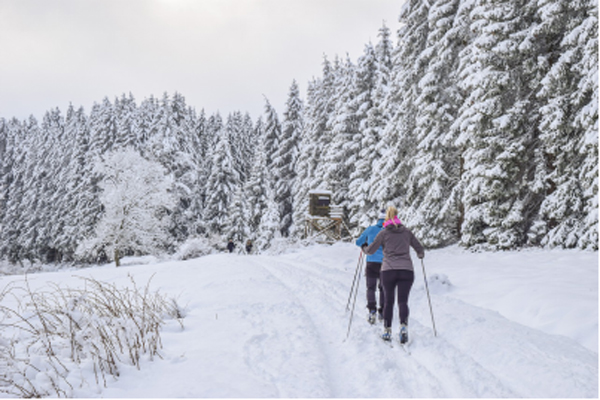
There are many types of skis for skiers to consider, and they all vary depending on performance, style, terrain, and the type of skiing preferred.
There is a great opportunity to save on Livigno ski deals to get started on skiing lessons. While you’ll start out skiing with beginner skis, you will likely want to move onto a more refined type of ski after gaining more experience. If you are not sure which type of ski to transition to, a good place to start is how you want to enjoy skiing.
Carving Skis
Considered basic skis, carving skis are soft-flexing and have a medium side cut. With a design that slightly resembles an hourglass, carving skis specialize in being easy to turn with, so riders can anticipate when to turn and execute them well, compared to other types of skis. Many beginner skis happen to be carving skis, but there are many kinds of more professional carving skis one can consider if they prefer the beginner or carving style. These are ideal for skiing on groomed snow.
Freestyle Skis
Freestyle skis are ideal for riders that want to go airborne, usually at ski parks or other designated ski areas. These skis feature twin tips, allowing the rider to effectively ski both forwards and backwards. Like sports skis, these skis are ideal for groomed terrain. A variant of the freestyle ski is the “mogul ski”, which allows for more precise turning and control. Even if you do not plan to perform any jumps or stunts in your skis, you can also consider freestyle skis based on their versatility alone.
Alpine Skis
Alpine skis are made for speeding downhill, albeit on groomed snow. Up to 160 centimeters in length, these are the longest skis that a rider can buy, as their design allows the rider to zip downhill faster than carving skis. The ski’s slim nature also allows skiers to make tight turns without slowing down. The rider needs a pair of ski poles to execute turns without falling. While they are both responsible and flexible, riders will need to take some time to master turning with these skis.
All Mountain Skis
For traversing ungroomed snow, also known as powder, riders can use all mountain skis to glide down slopes in the backcountry. Skis that are designed for groomed snow are not able to traverse powdered areas without sinking and getting stuck, due to their slim side cut designs. All mountain skis on the other hand allow the skier to glide down powder due to their wider side cut. While turns can still be possible with all mountain skis, they will be harder and much narrower to perform because of their wider design. A variant of all mountain skis are powder skis; these are even wider and are capable of floating on even deeper snow.
Cross Country Skis
Cross country skis aren’t just for skiing downhill, but also for hiking on groomed snow. With the help of poles, these skis can also help riders traverse uphill on slopes. For added effectiveness in gaining forward momentum, the rider’s boots are only attached at the toe to their respective skis. These skis are also waxed or untextured so there is no friction when the rider wants to continue moving forward.
Summary
There are many different types of skis for riders to consider when they complete training and want to move onto a more unique skiing experience. Whether you would like to compete, explore, or simply enjoy skiing with others, you are certain to find one type of ski that you’ll love.